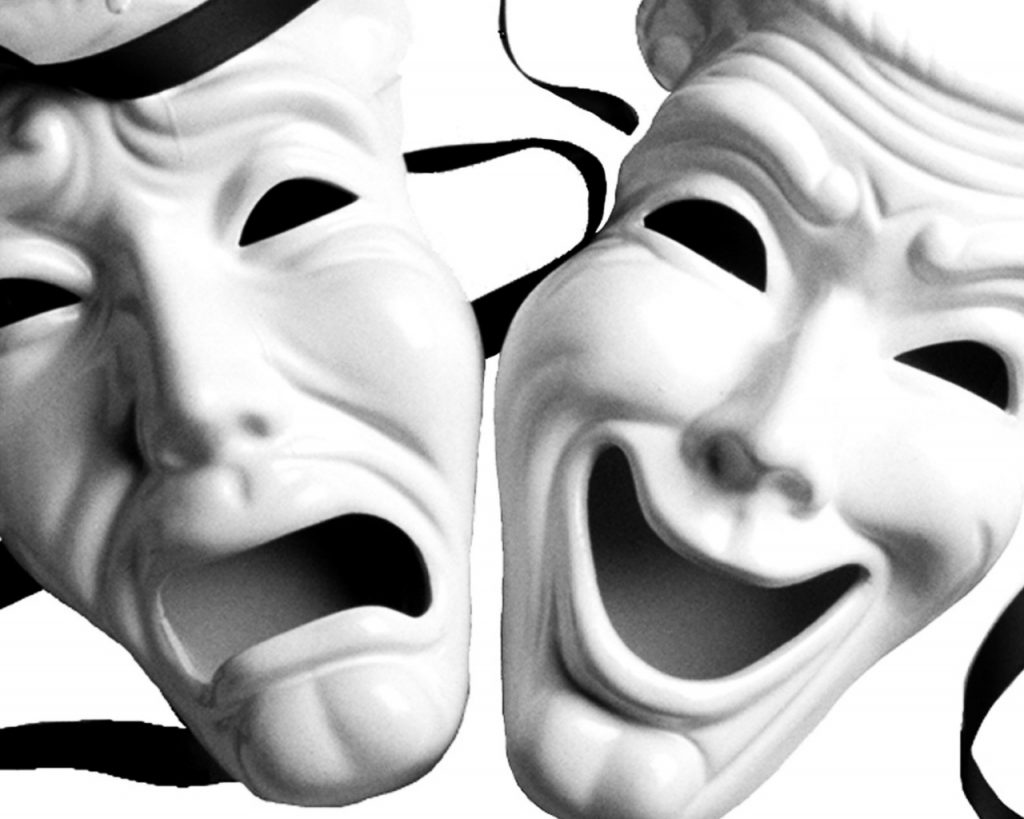Desde hace siglos, el teatro es acompañado por dos máscaras que se han convertido además en verdaderos íconos dentro de esta rama del arte. Como muchos sabrán, los rostros de estas imágenes simbolizan a la tragedia y la comedia.
Ahora bien, más allá de la generalización en la definición, existe una historia detrás de esta simbología que nace en Grecia.
Esos rostros perfectamente tallados tienen el nombre de Talía y Melpómene y, respectivamente, representan a la tragedia y la comedia. Ellas, junto a otras siete, son Musas inspiradoras de las artes y también las ciencias.
Si bien en un principio se creía que las Musas eran un número mucho más amplio, en Grecia luego quedarían consolidadas nueve de ellas, entre las que se encontraban Erato, Musa de la poesía lírica-amorosa; Terpsícore, Musa de la Danza y la Poesía Coral; Clío, Musa de la Historia; Calíope, Musa de la Elocuencia, Belleza y Poesía Épica; Urania, Musa de la Astronomía, Poesía Didáctica y las Ciencias Exactas; Euterpe, Musa de la Música (principalmente aquella que se toca con flauta) y Polimnia, la Musa que inspiraba a la poesía sacra y los Cantos Sagrados.
Dentro de ese contexto, aparece Talía, quien era conocida como la Musa de la Comedia y era la encargada de animar todos los banquetes, acompañados por su música y el canto. Según la mitología, ella siempre fue representada como una joven risueña, portadora de una máscara cómica y en ocasiones una corona de hiedra, como símbolo de la inmortalidad.
Por otro lado, a Melpómene se la ve majestuosa y a su vez con armas y laureles, demostrando una imagen severa y arrogante. A pesar de esta representación, ella es una figura que deambula entre la soledad y la tristeza.
Entre tantas leyendas, hay una que marca que Melpómene tenía todo lo que una mujer podría desear: riqueza, belleza y el poder de seducir a todos los hombres que quisiera, sin embargo, la ausencia de felicidad en su ser representa el verdadero drama de la vida.
De esta forma, los extremos se unen y forman el símbolo que tantos conocen pero quizá pocos sepan en realidad su historia. Cabe señalar que en ambas, tanto en personalidades como en representaciones, se definen las emociones del teatro, desde su felicidad, su alegría y su forma generar sensaciones extremas, llegando también a reflexionar y deprimir en cierta forma.

